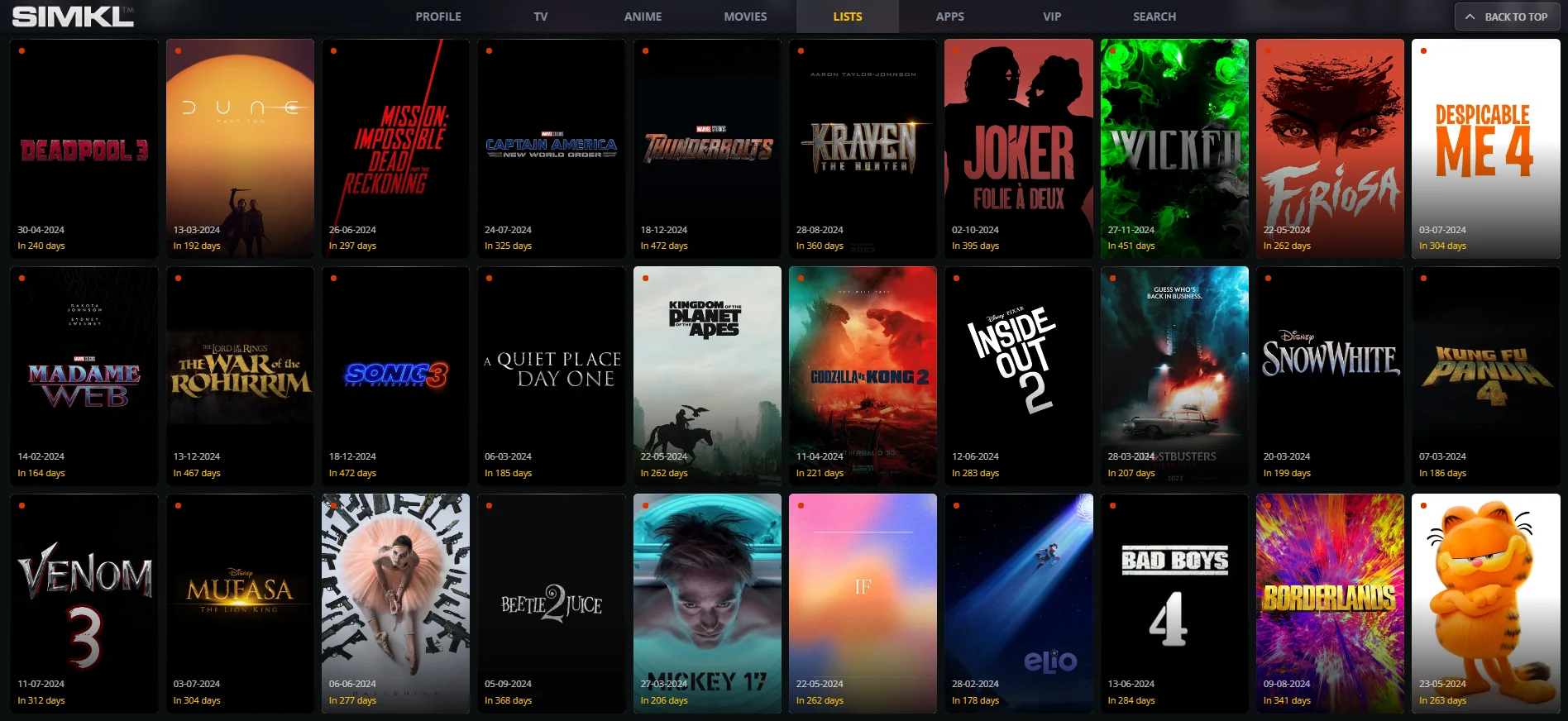Why a Transaction Reconciliation Platform is Essential for Financial Accuracy

In today’s fast-paced business environment, maintaining accurate and up-to-date financial records is crucial. A transaction reconciliation platform is a powerful tool that automates and streamlines the reconciliation process, ensuring that your financial data aligns with bank statements, payment systems, and other records. By implementing this platform, businesses can save valuable time, reduce manual errors, and improve overall financial management.
What is a Transaction Reconciliation Platform?
A transaction reconciliation platform is a software tool designed to help businesses compare financial records across different sources, including bank accounts, payment systems, and accounting software. It automatically matches transactions, identifies discrepancies, and ensures that the business’s financial reports are consistent and accurate. The platform minimizes human intervention and automates the process of transaction matching, saving time and resources while maintaining accuracy.
Benefits of Using a Transaction Reconciliation Platform
-
Improved Efficiency
Manual reconciliation can be time-consuming and tedious. A transaction reconciliation platform significantly reduces the time spent on this task by automating the entire process. It can quickly match transactions, flag discrepancies, and update financial records in real-time, which helps businesses focus on more strategic tasks. -
Error Reduction
Human errors are a significant issue when manually reconciling financial records. Whether it’s a miscount, overlooked transaction, or incorrect entry, these errors can lead to inaccurate financial reports. By using a transaction reconciliation platform, businesses can minimize these errors. The platform automatically verifies and matches transactions, ensuring a higher level of accuracy. -
Real-Time Updates and Monitoring
A major advantage of using a transaction reconciliation platform is its ability to provide real-time updates. The platform continuously monitors transactions and reconciles them as they occur. This helps businesses stay on top of their financial status, spot discrepancies immediately, and take swift action to resolve issues. -
Fraud Prevention
Fraudulent transactions are a significant concern for businesses. A transaction reconciliation platform can detect unusual or suspicious activity by analyzing transaction patterns and identifying any anomalies. The platform automatically flags these transactions for further investigation, helping businesses prevent financial losses caused by fraud. -
Audit-Ready Reports
For businesses subject to audits, having a well-organized and transparent reconciliation process is crucial. A transaction reconciliation platform generates detailed reports that document each transaction, making it easier to prepare for audits. These reports help ensure compliance with financial regulations and provide a clear record of all financial activities.
How to Choose the Right Transaction Reconciliation Platform
When selecting a transaction reconciliation platform, consider the following factors:
- Ease of Integration: Ensure the platform integrates seamlessly with your existing financial systems, such as accounting software and payment gateways.
- Customization: Look for a platform that can be customized to meet your specific business needs and workflows.
- Scalability: Choose a platform that can grow with your business and handle an increasing volume of transactions as your business expands.
- Security Features: Financial data is sensitive, so prioritize platforms that offer robust security features to protect your information.
- Support and Training: Ensure that the platform comes with strong customer support and training resources to help your team get up to speed quickly.
Conclusion
A transaction reconciliation platform is an essential tool for any business that wants to maintain accurate financial records, improve operational efficiency, and reduce the risk of fraud. By automating the reconciliation process, businesses can save time, reduce errors, and stay compliant with financial regulations. Investing in a transaction reconciliation platform ultimately leads to more streamlined financial operations and greater confidence in your business’s financial data.
What's Your Reaction?
















